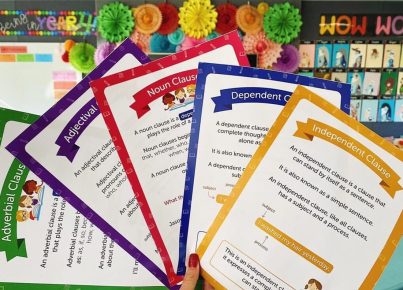Learning to read is a critical step in a child’s education, providing the foundation for lifelong learning and success. One effective method for introducing young children to reading is the SATPIN approach, which breaks down the complex process into manageable chunks, focusing on sounds rather than individual letters. In this article, we’ll explore what SATPIN is and how it can be used, drawing on hints and tips from experienced teachers.
What is SATPIN?
SATPIN stands for the initial letters of a set of six sounds: s, a, t, p, i, n. This collection of sounds is carefully selected because they can be combined to form a variety of simple words that are suitable for beginning readers. The philosophy behind SATPIN is grounded in phonics education, which teaches reading by associating sounds with symbols in an alphabetic writing system.
The Advantages of Using SATPIN
One of the key benefits of using the SATPIN approach is that it allows children to quickly learn to blend and segment sounds, which are critical skills for reading and spelling. By focusing on these six letters initially, children can rapidly begin to read basic words like “sat,” “pin,” “tap,” and “nap,” providing them with instant gratification and encouraging further learning.
Additionally, by mastering these six sounds early on, students gain confidence and are better prepared to tackle more complex phonetic patterns and irregular words later in their reading journey.
Hints and Tips from a Teacher
An experienced teacher specializing in early literacy has shared several hints and tips for effectively implementing the SATPIN strategy:
– Begin with one sound at a time: It’s important not to overwhelm children with too much information at once. Introduce each sound individually before combining them.
– Make it interactive: Use games, songs, and activities to make learning these sounds engaging. This could include sound matching games or using props when articulating the different sounds.
– Visual aids are key: Flashcards and posters can help reinforce memory by associating each sound with an image or word that contains that sound.
– Practice blending: Once children recognize individual sounds, practice blending them together to form words. Start with two-sound words then progress to three-sound words as they gain confidence.
– Encourage constant practice: Regular practice sessions are crucial. Short, frequent bursts of SATPIN activities can prevent fatigue while reinforcing learning.
– Personalize the experience: Tailor your teaching approach based on each child’s learning pace and interests. This could involve focusing on letter sounds that resonate most with each child or choosing specific example words they find engaging.
In conclusion, SATPIN is an effective way to introduce young learners to the world of reading by simplifying early literacy into more relatable components. With patience, creativity, and regular practice—the hallmarks of this teaching technique—children are empowered to become proficient readers from an early age. And as any dedicated teacher will confirm, providing them with this key skill opens up limitless possibilities for their future success.





